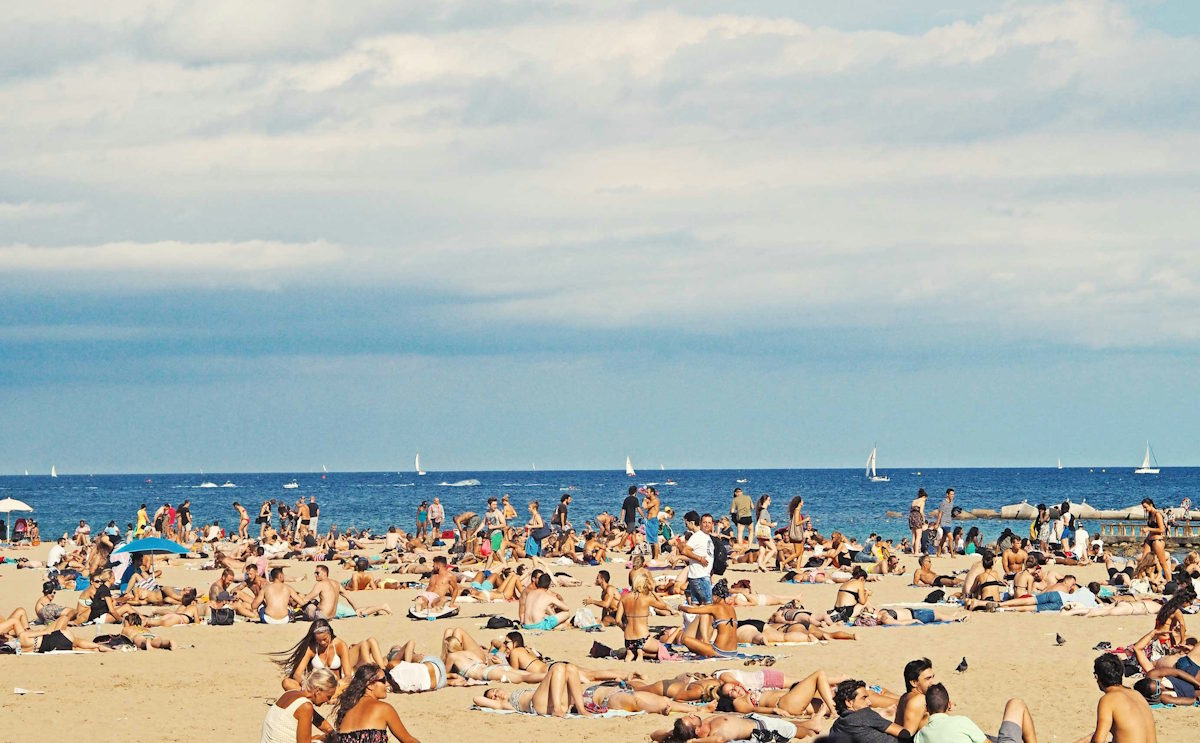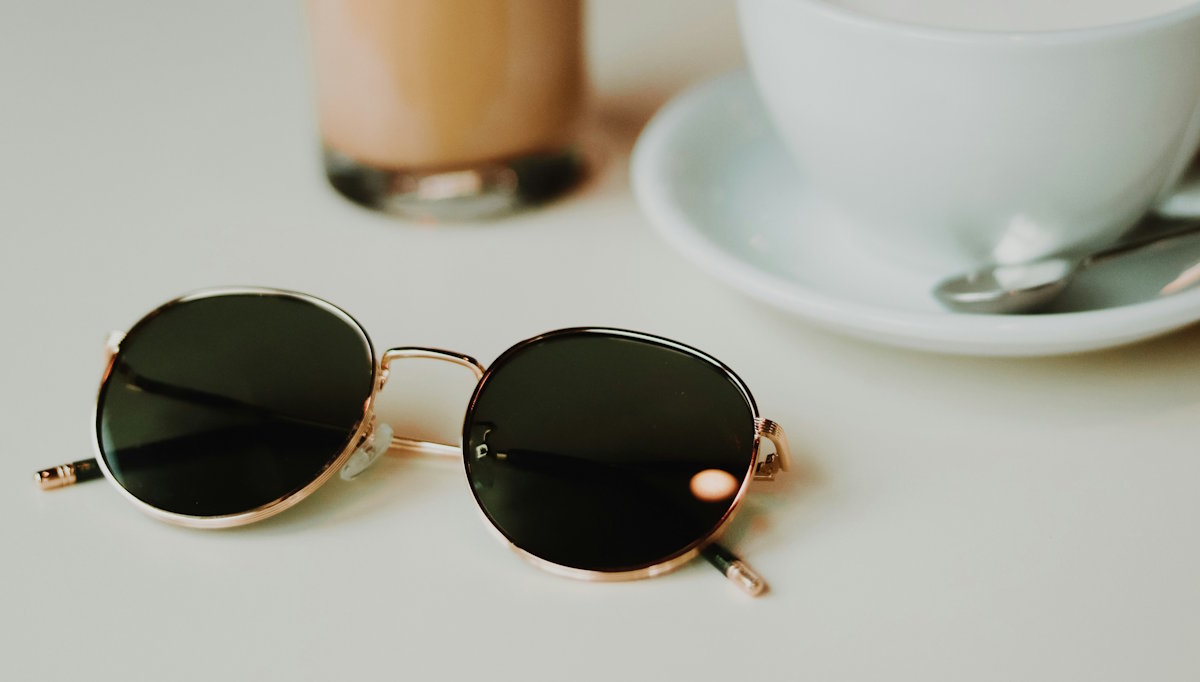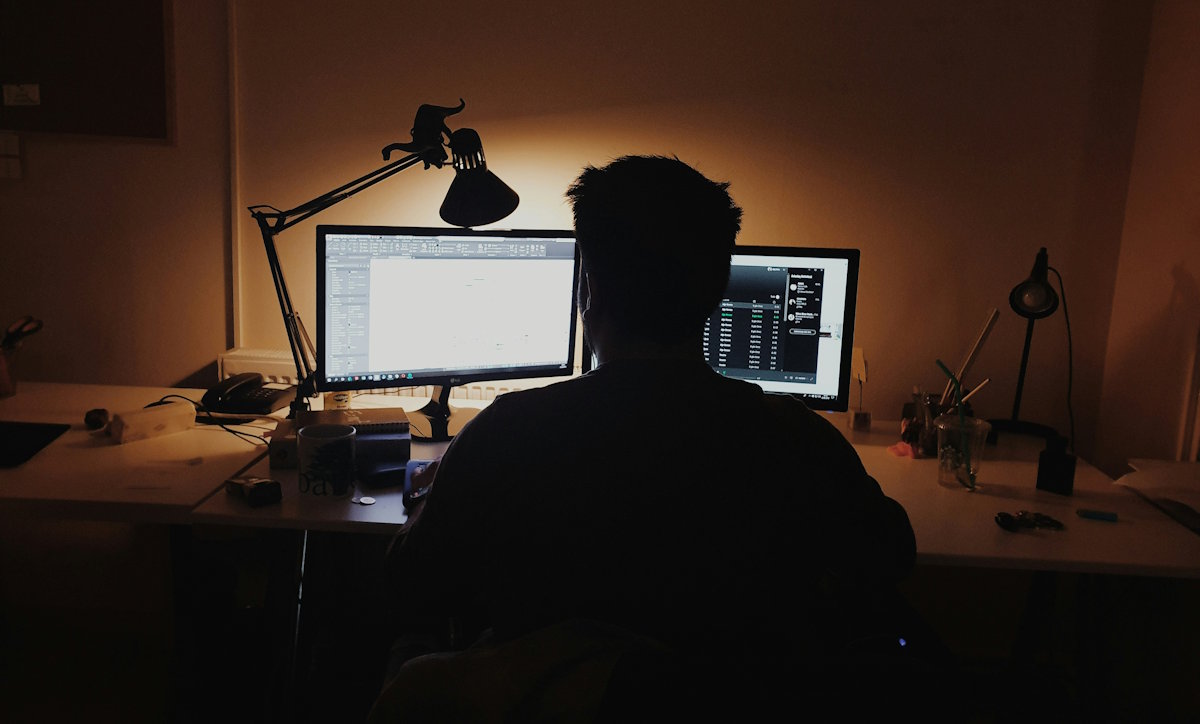As we approach the warm and sunny months once again, people are no doubt excited to get back outside for some much-needed vitamin D and a kiss from the sun.
Over the years, you’ve probably heard about the harmful effects of ultraviolet (UV) light. But how far should you be taking UV protection? What’s the real risk? And what’s the deal with blue light?
In this article, we’re giving you the truth about UV light, blue light, and protecting against the sun. *Hint: Your optometrist can help.
What is UV Light?

It’s common knowledge that the sun is our major source of UV light. But what is it exactly, and where else does UV come from?
UV light is an electromagnetic radiation of wavelengths between 10-400 nanometers, which makes this type of light longer than an X-ray but shorter than that of visible light. The photons of UV produce more energy than visible light, roughly 3-12 electron volts, which is enough to ionize an atom. Although humans can’t see UV light, the wavelength is not far off from what our vision is capable of. Interestingly, many birds, insects, and other mammals can see shorter wavelengths than us, which includes what’s known as ‘near-UV’.
The sun is our greatest source of UV, with UV radiation making up about 10% of the sun’s total electromagnetic output. But the sun isn’t the only source. UV radiation is also produced from electric arcs (think welding), special UV lights, tanning beds, and black lights.
The Dangers of UV Light

The danger of UV radiation is real, with the ability to impact multiple areas of our health. The most obvious dangers are sunburns and skin cancer. But not all UV light is the same – it’s UVA we need to worry about most, as it has the ability to wrinkle and burn us while posing a real threat of cancer. UVB is less harmful, and typically just affects our outer layer of skin. And UVC never even makes it to our atmosphere, being absorbed long before.
While the sun can provide a ‘glowing’ appearance that is often recognized as youthful and healthy, sun exposure can actually speed up the aging process, resulting in wrinkles, freckles, liver spots, and even cancer. With repeated exposure to UV over time, the radiation can actually damage the elastin fibers in our skin, causing it to sag and stretch.
In the worst-case scenario, UV exposure can lead to skin cancer known as melanoma. UV has the ability to damage us at the cellular level, targeting the DNA in our cells and causing them to divide and replicate too frequently. This is how cancer begins.
The lesser known or discussed risk of UV radiation is the risk to our eyes and vision. But the dangers are very real and plentiful. Repeated exposure over long periods of time can lead to serious issues like cataracts, eye cancer, or macular degeneration. But that’s not all – even young people who are exposed to UV radiation can get growths on their eyes (like pterygium) and snow blindness.
Protecting Against UV Light

There are a few ways we can block UV radiation and protect our health without having to completely hide from the sun. But first, let’s dunk a couple myths:
- Windows block UV. This is false. Most windows cannot fully block UVA rays, which means sitting behind a window can still subject someone to UV exposure.
- UV isn’t a factor when it’s cloudy out. This is false. You can still exposure yourself to harmful radiation on a cloudy day, as clouds typically only block a portion of the UV.
- We’re safe from UV in the morning and evening. This is false. While the UV rays are safer in the mornings and evenings for our skin, it affects our eyes at any time of day.
If you’re planning to spend a day in the sun, one definite focus should be to protect your skin. Wearing clothing covering every space of your body obviously isn’t ideal in the heat, but sunscreen will go a long way in protecting the skin. Before 10am and after 4pm is generally considered safe for skin, plus you can seek shade during the day to limit your exposure.
But protecting your skin isn’t all there is to it. Our eyes are extremely susceptible to the negative effects of UV radiation. To defend against the sun, you’ll need high-quality sunglasses with the ability to block both UVA and UVB. Not all sunglasses are made equal and the colour of the shade isn’t the be-all-end-all, so be sure to consult with an optometrist to find sunglasses that will do the job. We can get you fitted for prescription sunglasses or help you select some non-prescription eyewear that’s sun-safe.
What About Blue Light?

There’s been plenty of chatter about blue light over the past decade or so, as concerns about extended computer use are becoming more prevalent. Blue light, also known as high-energy visible (HEV) light, is a visible type of light emitted from our computers, phones, and the rest of our screens, along with the sun and LED light bulbs.
There is a common myth surrounding blue light that it can directly cause serious eye issues like macular degeneration or even blindness. But when it comes to the blue light coming from our computers and screens, this is only a myth. It’s true that blue light and the extended use of a computer can affect sleep, cause digital eye strain, and mess around with our circadian rhythm, but the blue light alone isn’t enough to physically damage our eyes. Still, it’s a great idea to wear blue light blocking glasses when at work or spending long hours in front of a screen.
Early Detection for Eye Conditions
If you’re concerned about UV damage, an optometrist can gauge the health of your eyes while spotting potential issues and conditions that could arise. Your eye doctor is the best line of defence against serious eye problems. Early detection can’t be overstated – it’s the best way to avoid serious harm and permanent eye issues.
Inner Harbour Optometry has two offices in downtown Victoria, offering comprehensive eye exams, advanced imaging, and dry eye treatment. Plus, we have a large selection of eyewear and sunglasses that block UV rays. Book your appointment today.
